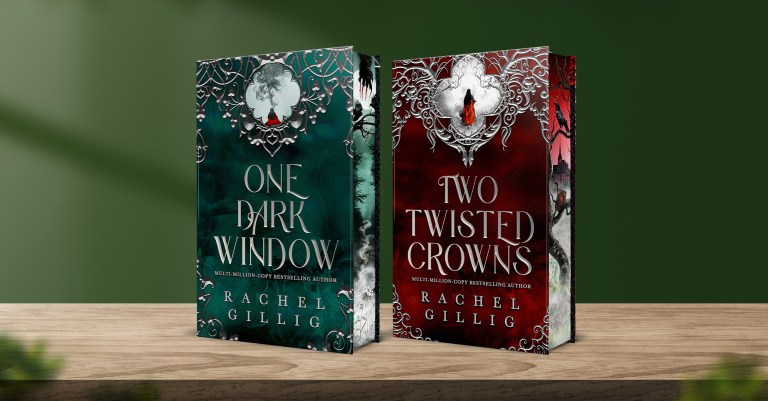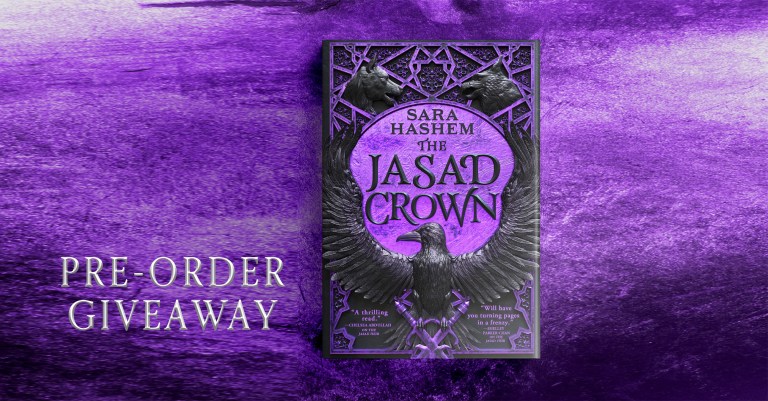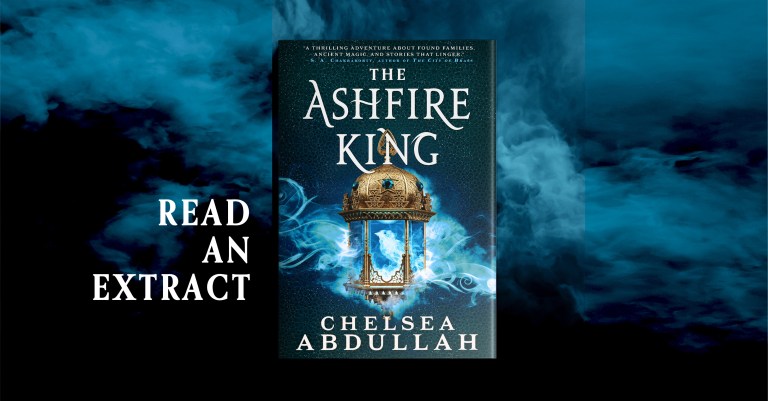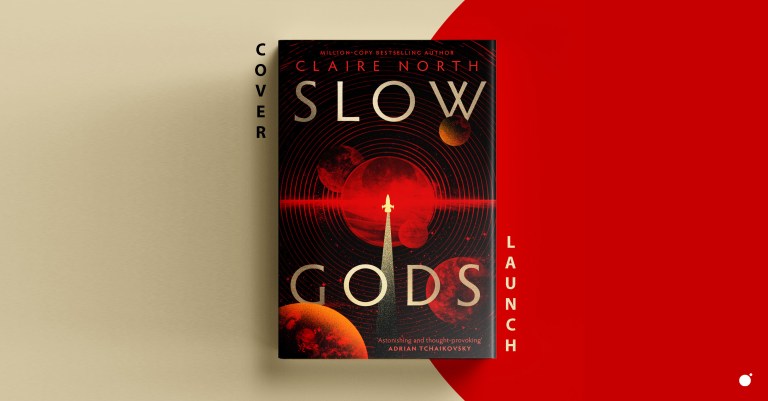Folkloric Influences of Daughter of the Merciful Deep
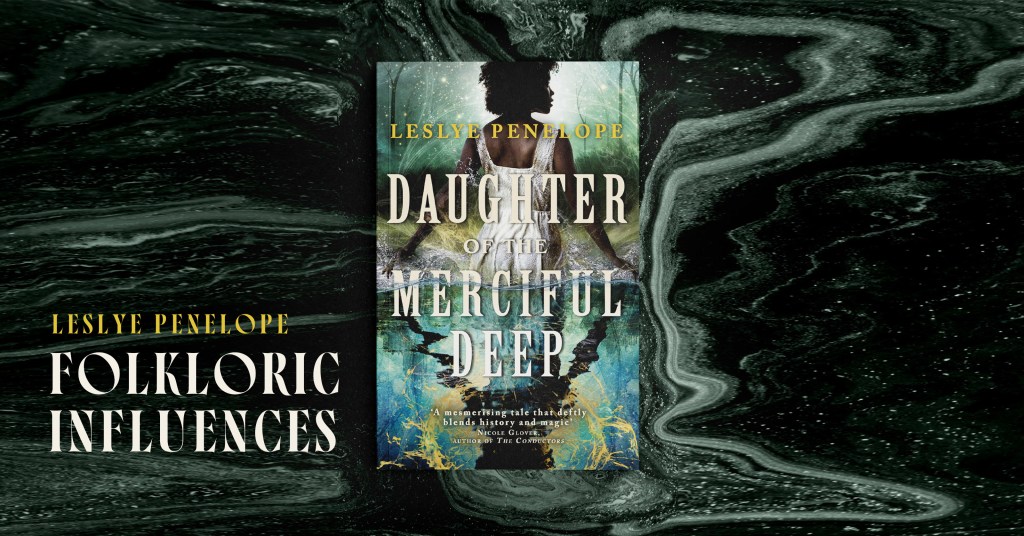
When I first conceived of the idea for Daughter of the Merciful Deep, I was inspired to write a version of mythical Atlantis—only populated by West Africans who had been destined for enslavement in the Americas and found freedom on an island under the sea.
Research is the underpinning of all my fantasy fiction, and to create my underwater world, I revisited some of the African diasporic traditions and stories that I’d collected for my previous novel, The Monsters We Defy. This time, I went straight to the Orishas, the Yoruba deities, or divine spirits, that have inspired many artists and writers of African descent.
Orishas have long been of interest to me. I’ve explored aspects of them in other works and in a short film I produced many years ago. However, I quickly realized that I wanted to create my own versions of them in a way that mimicked how so much of African-American culture has developed. The entrenched system of chattel slavery in the United States forcibly separated enslaved Africans from their languages, religions, and cultures. Pieces remained, passed down through family and community, and were combined with traditions from other ethnic groups from Africa, along with Native American and European practices and lore.
The hallmarks of my culture result from a conscious combination of a variety of influences mixed with intense innovation and creativity that blended into something unique and new from the sum of its parts. That is also how I approach fantasy worldbuilding in my work.
In researching the Orishas, I wanted to balance and honor the fact that there are existing practitioners of the Yoruba religion and other religions which venerate the spirits. In addition to the fact that many across the African diaspora incorporate them into their spiritual practices, regardless of whether or not they are following a specific religion.
What particularly fascinates me is the different ways that these spirits show up in different places. They often have different names: Yemoja, often considered the mother of the Orishas and queen of the sea, is also known as Yemaja, Yemonja, Yemalla, and more. She is sometimes portrayed as the wife of Aganyu, Obatala, Olokun; or others, or the sister of Osun, Olokun, Aganyu, and more; or as the mother of Ogun, Osun, Oya, and/or Shango. Or perhaps she never gave birth at all.
Other figures, such as Olokun, who is in charge of death and the deep waters, are sometimes described as male and sometimes female, and have personalities, properties, and relationships that change depending on the telling. I was impressed by the differences between spirits from this tradition and gods and goddesses from European folkloric traditions.
Similarly, belief systems with their roots in African traditions vary widely and include American Hoodoo, Louisiana Voodoo, Haitian Vodou, Brazilian Candomblé, Cuban Santeria, and Caribbean Obeah. There are similarities and threads that can be traced back to their origins in Africa, but each is also influenced by their region and various other European and Native American religions, cultures, and laws restricting the practices of enslaved people.
This was fertile ground for me to create something that similarly has its origins in West African culture, but was specific and original to my invented world. This is how the island of New Ilé, which appears in my novel, was formed. In Haitian lore, Z’ile Minfort is an island under the sea, also known by other names such as Ginen and Zilet, and served as my foundation. In folklore, the island is the home of Haitian versions of the Orishas, known as lwa, such as Lasirèn (often considered the Haitian version of Yemoja) and Agwe, a spirit who protected slaves during the Middle Passage and even returned some to Africa on the backs of fish.
In addition to divine entities, this land was also inhabited by the spirits of the recently deceased ancestors. Its alternate name of Ginen is what some enslaved people called Africa. The idea that they would return to the land of their birth after they died gave people solace and a sense of a homeland restored. Ginen, like Africa, was a land across the water, and Z’ile Minfort is described as an island that exists under the water, but not underwater per se, but as a mirror world to the land of the living.
Daughter of the Merciful Deep imagines an African inspired fantastical world that offers a place of safety and refuge from the realities of the Jim Crow-era South in which the novel takes place. I drew deeply upon folkloric traditions to create a setting I hadn’t seen before in fiction and that I hope transports readers to a land they will enjoy spending time in.



